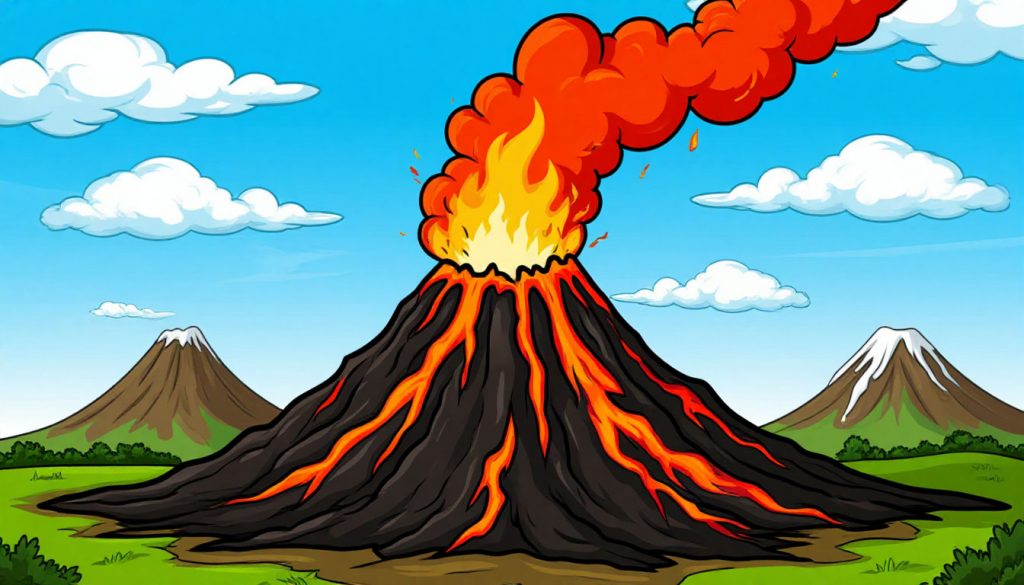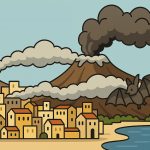Not all volcanoes pose the same risk. A volcano’s danger depends on its eruption style, population density nearby, and history of activity. Some volcanoes erupt explosively, releasing ash, pyroclastic flows, and lava, while others cause tsunamis or long-term climate effects. Those near cities or fertile regions are especially dangerous.
Mount Vesuvius, Italy
Mount Vesuvius, famous for destroying Pompeii in AD 79, remains one of the most dangerous volcanoes today. It lies near Naples, a city with over 3 million people. A future eruption could cause catastrophic loss of life and property due to its explosive nature and dense surrounding population.
Mount Merapi, Indonesia
Mount Merapi (“Mountain of Fire”) is one of the most active volcanoes on Earth. Located on densely populated Java Island, it erupts frequently with deadly pyroclastic flows and ash clouds. Millions of people live within reach of its hazards, making constant monitoring essential.
Popocatépetl, Mexico
Known as “El Popo,” Popocatépetl towers near Mexico City and Puebla, two major urban centers. It is highly active, producing ash plumes and explosions that disrupt daily life. Its proximity to over 20 million people makes it a top global volcanic threat.
Mount Rainier, USA
Though quiet now, Mount Rainier in Washington state poses serious risks. Its massive glaciers could trigger deadly lahars (volcanic mudflows) in the event of an eruption. These flows could reach populated valleys and cities like Tacoma or Seattle within hours.
Mount Fuji, Japan
Mount Fuji, Japan’s iconic peak, is classified as an active volcano despite its last eruption in 1707. With Tokyo nearby, a future eruption could disrupt millions of lives, shut down air traffic, and cause major economic consequences.
Taal Volcano, Philippines
Taal Volcano is small but extremely dangerous. Located in the middle of a lake, it can produce violent explosions, ashfall, and deadly surges. Its 2020 eruption forced hundreds of thousands to evacuate, highlighting its unpredictability.
Conclusion
The world’s most dangerous volcanoes are not only those capable of massive eruptions but also those surrounded by large populations. From Italy to Indonesia and Mexico, constant monitoring and preparedness are essential to reduce the risks posed by these natural giants.
Glossary
- Pyroclastic flow – fast-moving cloud of hot gas and volcanic material.
- Lahar – volcanic mudflow made of ash, debris, and water.
- Ash plume – cloud of volcanic ash ejected into the atmosphere.
- Active volcano – a volcano that has erupted in recent history and may erupt again.
- Subduction zone – tectonic region where one plate sinks beneath another, often creating volcanoes.
- Explosive eruption – volcanic eruption with violent explosions rather than gentle lava flows.


